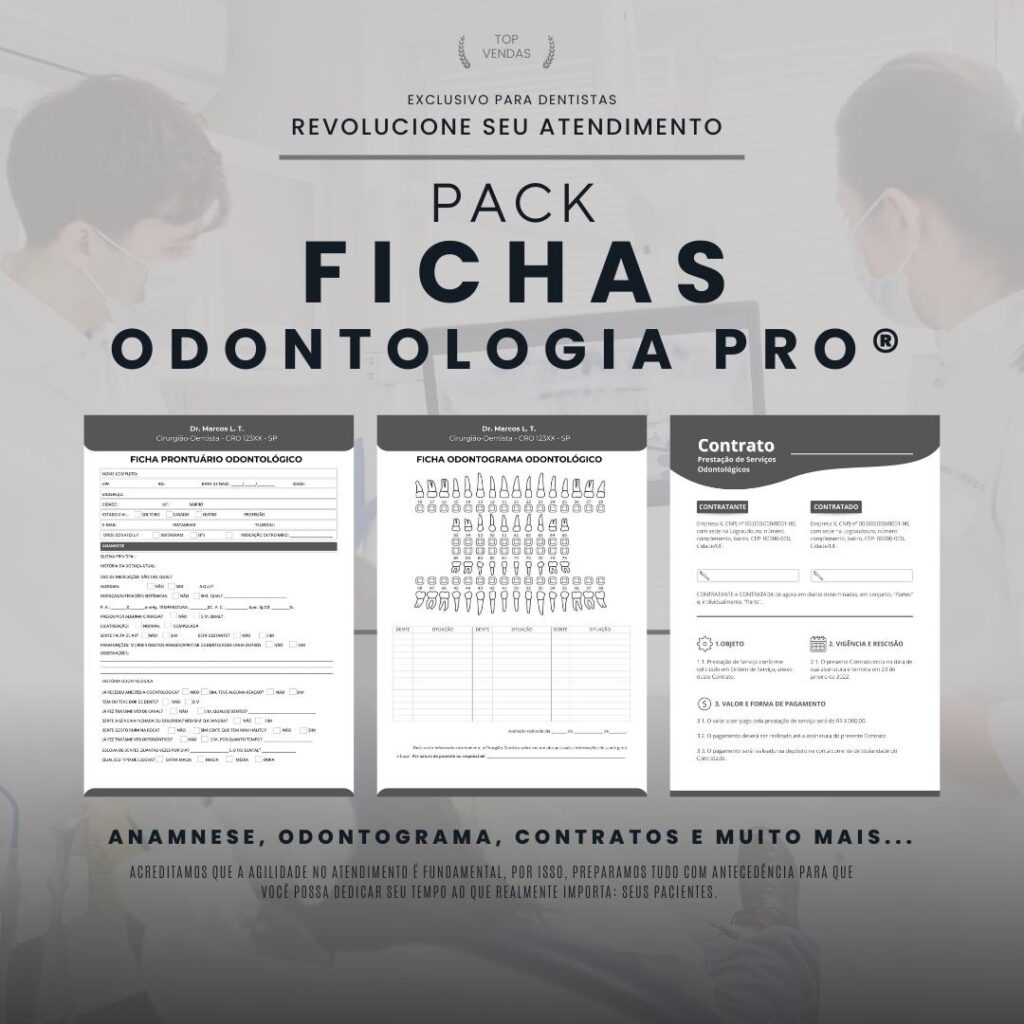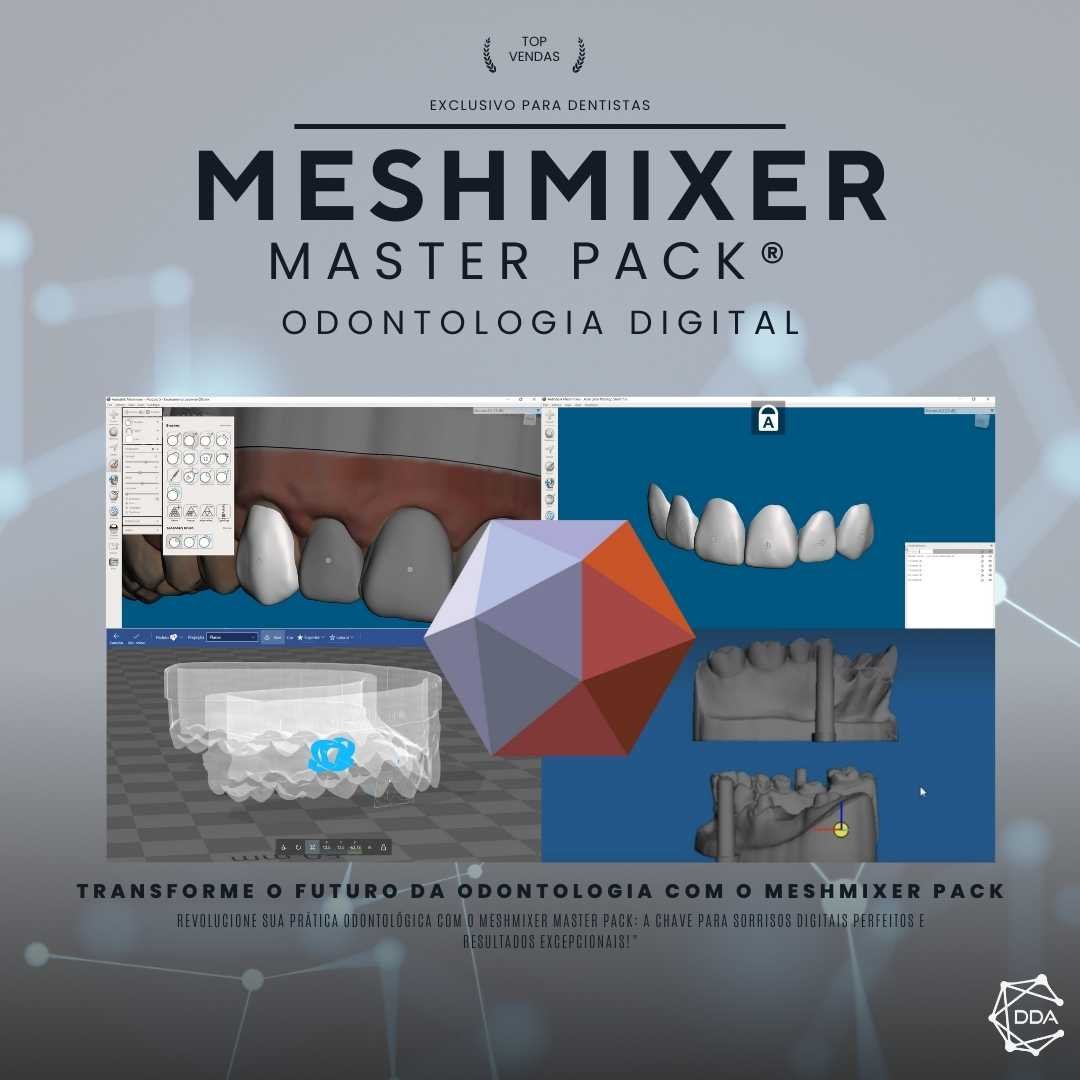What is Intraoral Scanning?
Intraoral scanning is an advanced dentistry technique that uses a digital scanner to capture three-dimensional images of the patient's mouth. These images are then converted into accurate digital models, which can be used to plan and perform various dental procedures. This revolutionary technology replaces the old traditional molding method, which involved the use of uncomfortable and imprecise materials.
How does Intraoral Scanning work?
Intraoral scanning is performed using a digital scanner, which is a portable and wireless device. The dental professional uses the scanner to capture detailed images of all structures in the patient's mouth, including teeth, gums and soft tissue. The scanner emits a special light that is reflected by tooth surfaces, creating a real-time digital image. These images are then processed by scanner software, which transforms them into three-dimensional digital models.
Advantages of Intraoral Scanning
Intraoral scanning offers a number of advantages over the traditional impression method. Firstly, it is much more comfortable for the patient, as it does not involve the use of sticky and uncomfortable materials. Furthermore, intraoral scanning is extremely accurate, allowing the dental professional to view every detail of the patient's mouth in high definition. This precision is essential for the planning and execution of dental procedures, ensuring more satisfactory results.
Applications of Intraoral Scanning
Intraoral scanning has a wide range of applications in dentistry. It can be used for dental implant planning, allowing the dental professional to accurately visualize the bone structure and plan the ideal position of the implants. In addition, intraoral scanning is used to create dental prosthetics, such as crowns and bridges. With the digital models obtained by scanning, it is possible to create personalized prosthetics that fit perfectly in the patient's mouth.
Benefits of Intraoral Scanning for the Patient
Intraoral scanning brings a series of benefits to the patient. Firstly, it reduces treatment time, as it eliminates the need for impressions and speeds up the process of making prosthetics and other devices. Furthermore, intraoral scanning is more comfortable for the patient, as it does not involve the use of uncomfortable materials. Finally, intraoral scanning offers more precise and aesthetic results, ensuring a better adaptation of the prostheses and a more beautiful smile.
Limitations of Intraoral Scanning
Despite all the advantages, intraoral scanning has some limitations. In some cases, it may be difficult to obtain quality images in hard-to-reach areas, such as molars at the back of the mouth. Furthermore, intraoral scanning may take longer than the traditional impression method, especially in cases of patients with excessive salivation. However, these limitations are minimal compared to the benefits offered by intraoral scanning.
The Future of Intraoral Scanning
Intraoral scanning is a constantly evolving technology, and the future promises even more impressive advances in this area. Scanners are expected to become increasingly compact and accurate, making the work of dental professionals even easier. Furthermore, the integration of intraoral scanning with other technologies, such as 3D printing, will allow the manufacture of prosthetics and dental devices even faster and more precisely. The future of intraoral scanning is promising and will certainly bring significant benefits to dentistry and patients.
Conclusion
In short, intraoral scanning is an advanced dentistry technique that uses a digital scanner to capture three-dimensional images of the patient's mouth. This revolutionary technology replaces the traditional molding method, offering advantages such as greater comfort for the patient, precision in visualizing oral details and agility in the process of manufacturing prosthetics and dental devices. Despite some limitations, intraoral scanning is a growing trend in dentistry and promises even more impressive advances in the future.


